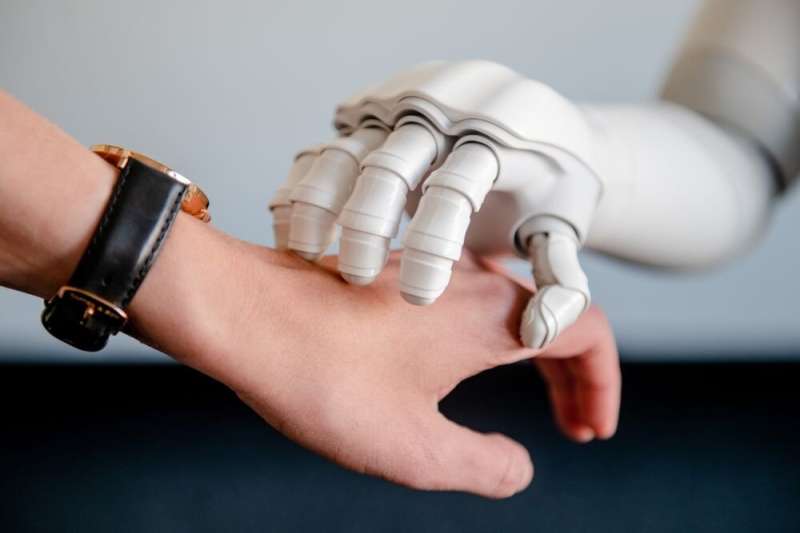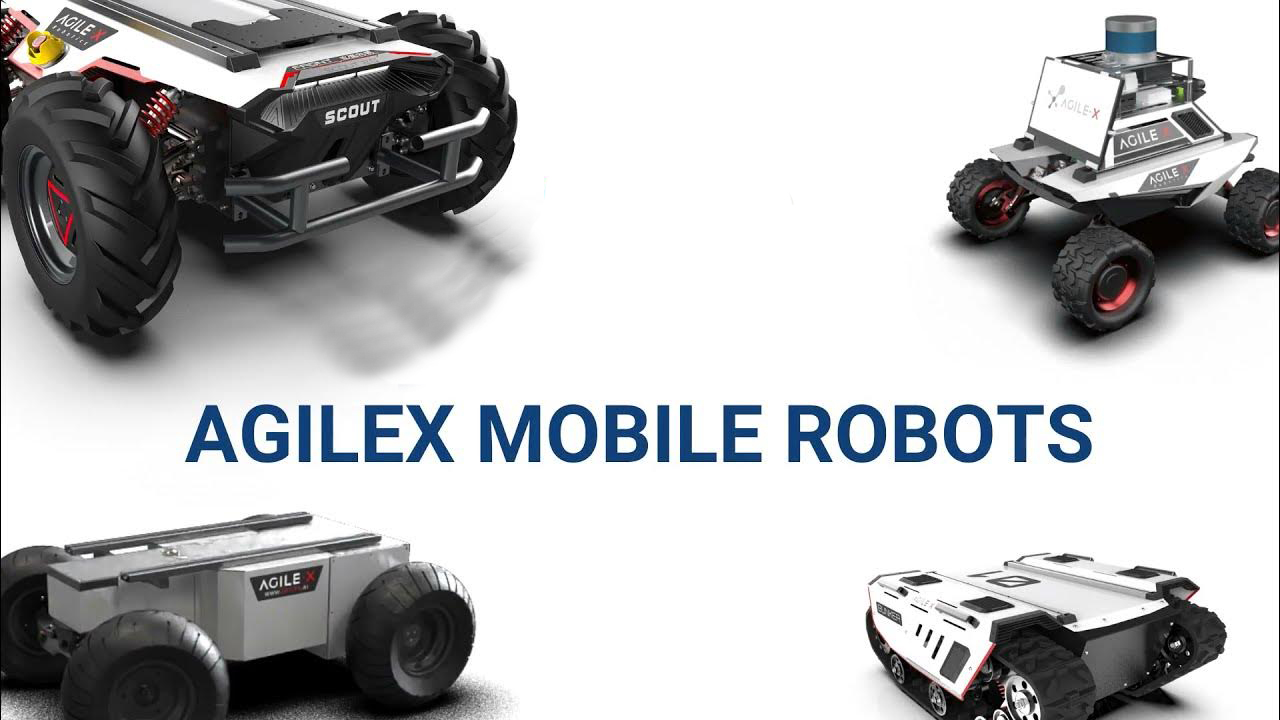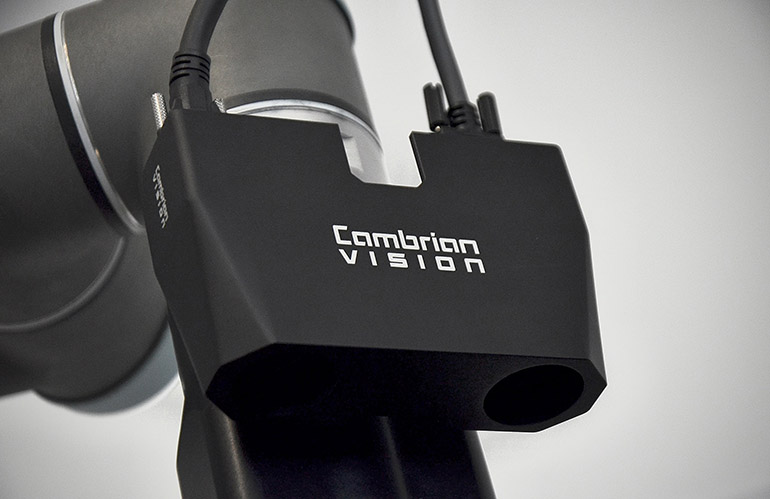Imagine: a tractor without a driver is driving around fields, a drone with a camera is looking for sick plants, and a robot "shepherd" is watching cows. No, this is not a scene from a science fiction movie — this is modern agriculture, where technology has finally decided to free farmers from routine and help feed the growing population of the planet. By the year 205, we will need 70% more food to feed 9.7 billion people. And if you think robots are only suitable for assembling cars, it's time to get to know their "rural" version!
Why are robots on the field not a whim, but a necessity?
Agriculture faces three main challenges:
Shortage of workers. Young people are fleeing to the cities, and the remaining workers often work in difficult conditions.: heat, pesticides, injuries. The pandemic has only made the situation worse — remember the "Collect for Britain" campaign, which failed miserably.
Limited resources. There is almost no arable land left — 38% of the land is already occupied by agriculture. There is nowhere to expand, which means that we need to use what we have more effectively.
Climate change. Droughts, floods, and new pests are literally eating into farmers' profits.
Robots come to the rescue: they don't complain about the heat, don't require vacations, and are ready to work 24/7. For example, John Deere autonomous tractors are already driving through the fields of Australia, and robot weeding machines are destroying weeds with lasers - without chemicals!
What are the robots doing on the farm? List of jobs for the day:
Planting and sowing. Robots like Farmdroid FD20 plant seeds with jewel-like precision and memorize their location so that they can then spot-remove weeds.
Weeding. Carbon Robotics' LaserWeeder uses AI and lasers to burn weeds without harming crops. Saves up to 80% of herbicides!
Harvesting. The harvesting robots carefully remove the fruits without damaging them. For example, a strawberry picking machine from Harvest Croo replaces 30 people and works for 20 hours without a break.
Field monitoring. Drones with multispectral cameras fly over thousands of hectares per day, mapping plant health. Healthy crops reflect near—infrared light, which is only visible from a height.
Cattle care. The Swagbot robot in Australia grazes cows, and the Lely Astronaut A5 milks them at any time of the day — the cows decide for themselves when to approach the device.
Is it even profitable?
Yes, but there are nuances. Buying a robot is expensive. The same lettuce picker will cost $750,000. However, there are significant savings in the long run:
- Reduce labor costs by 20-30%.
- Increase yields by 10-30% due to precise application of fertilizers and water.
- Resource savings: 15-25% less pesticides, water and fertilizers.
- By 2027, the agricultural robot market will reach $36.86 billion, with growth of 34.5% per year.
Humor in the style of "agro-tech"
- A weeding robot that confuses carrots with weeds and creates an apocalypse in the garden.
- A drone that got so caught up in filming that it crashed into the only tree in the field.
- A "smart" tractor that requires a reboot through a magical ritual with a hammer.
What's next? The future is already here!
- Vertical farms. Plants grow in multi-tiered greenhouses with artificial lighting. Such systems use 95% less water and are pesticide-free.
- Agrovoltaics. Solar panels are installed above the fields, which simultaneously generate energy and protect crops from the scorching sun.
- Robots are "swarms". Small machines work together like ants. If one breaks down, the others will continue the business.
Conclusion: The farmer of the future is an IT specialist with a wrench
Agriculture is turning into a high-tech industry where you need to understand data, drones and AI. Robots will not replace humans completely, but they will take on the hardest work. And perhaps soon we will see how a farmer manages fields using a smartphone, sipping coffee in the shadow of his robot assistant.
In the meantime, let's wish good luck to these iron workers of the fields! After all, if they succeed, we will never go hungry.


















